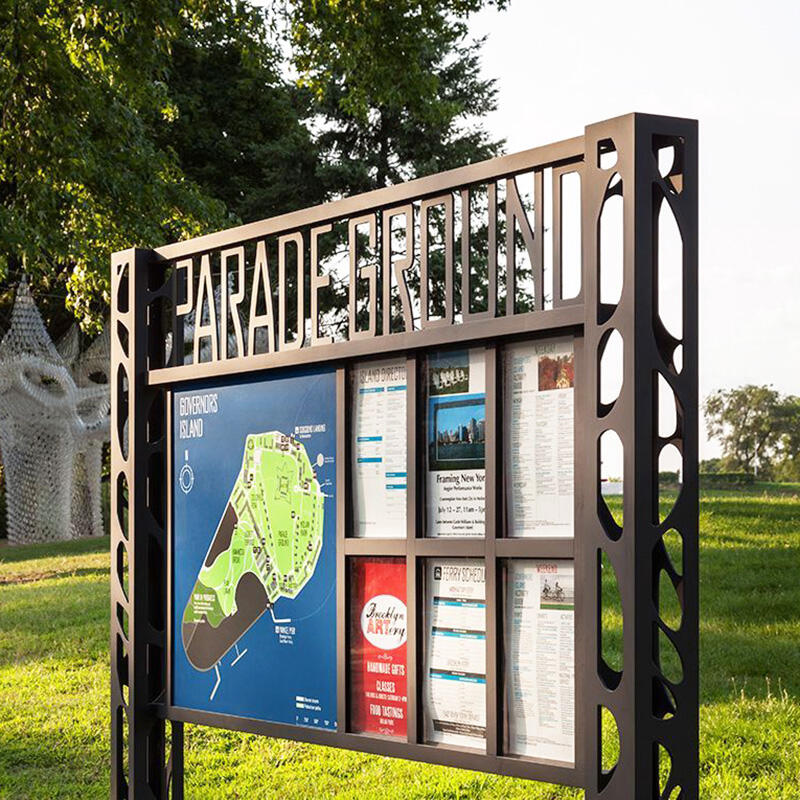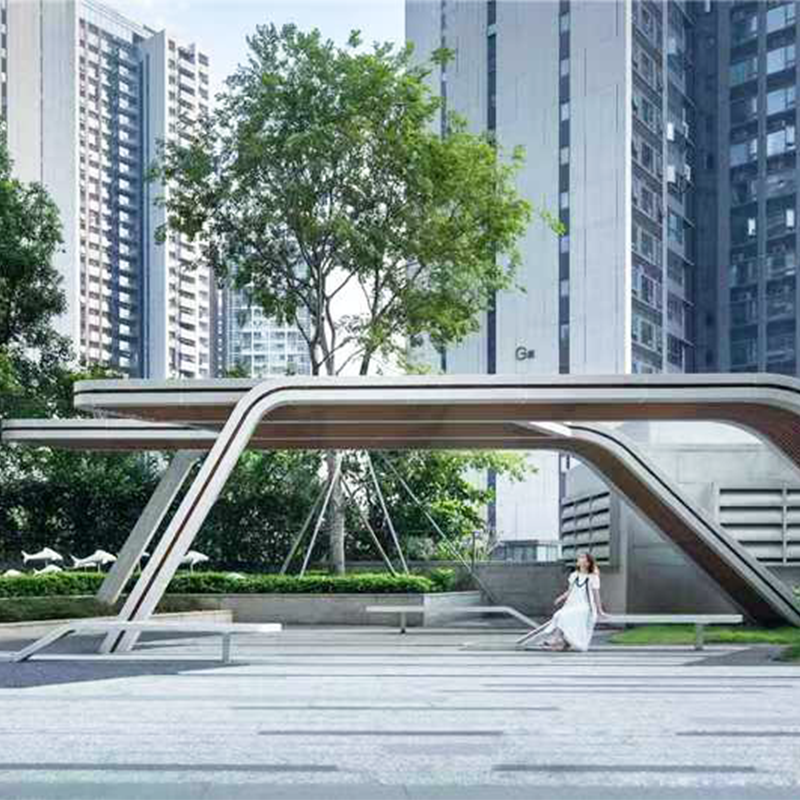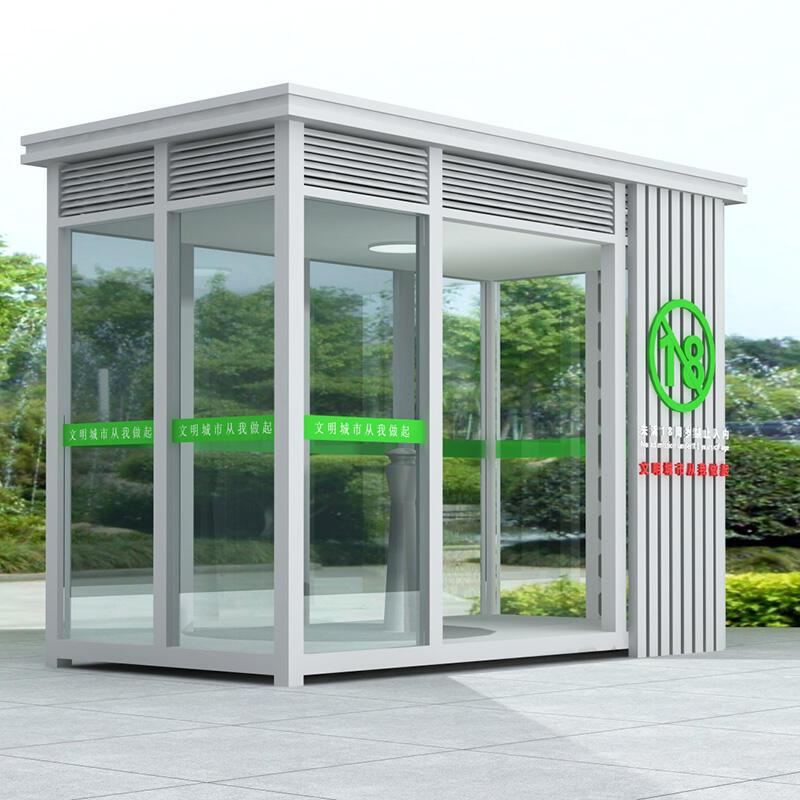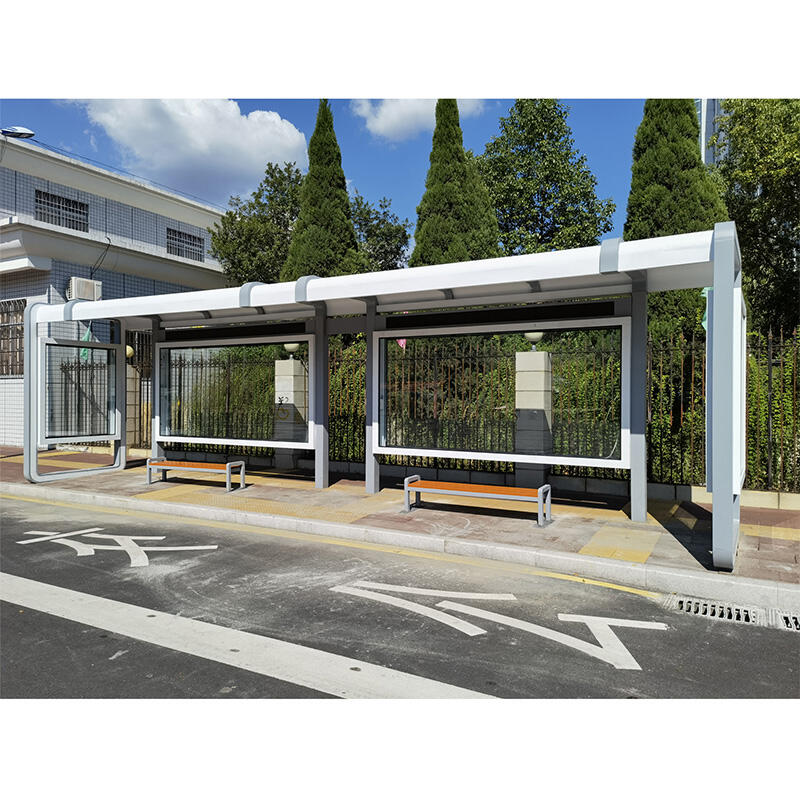Advertising signs are essential visual communication tools that promote brands, products, or services to a target audience. These signs serve as a silent salesperson, capturing attention and influencing consumer decisions. Outdoor advertising, in particular, plays a pivotal role in enhancing consumer awareness. It's a dynamic medium that facilitates direct interaction with a vast audience, significantly driving brand recall and recognition. As businesses increasingly capitalize on the strategic placement of these signs, the importance of this form of advertising continues to grow.
Exploring the various types of advertising signs reveals the diversity in marketing approaches and budgets they cater to. Common types include billboards, signposts, neon signs, banners, and digital displays. Billboards and signposts are traditional yet impactful, often strategically placed on highways and busy streets for maximum visibility. Neon signs lend a unique, eye-catching glow, ideal for nighttime advertising. Banners offer versatility in design and placement, while digital displays provide dynamic content that can be tailored to real-time events. Empirical evidence suggests that such outdoor advertising mediums hold substantial engagement potential, offering both large-scale visibility and local targeting capabilities.
Planning Your Advertising Sign Installation
Setting Clear Objectives for Your Sign
Establishing clear objectives for your advertising signs is crucial to their success. These objectives can include increasing foot traffic, boosting brand awareness, or driving sales, and they must be measurable. Methods such as sales metrics, customer feedback, and website traffic analysis can be used to track the effectiveness of signs. Aligning these objectives with your overall marketing strategies enhances cohesion and can lead to significant rewards. Case studies often highlight how businesses that successfully integrate their advertising goals with signage enjoy increased brand visibility and customer engagement.
Choosing the Right Location for Maximum Visibility
Selecting the right location for your advertising signs is paramount for maximizing visibility and effectiveness. Factors such as traffic volume, nearby competition, and the habits of your target demographic should be analyzed. Statistics show that locations with high visibility, such as busy intersections or shopping district centers, significantly boost engagement. Moreover, attention should be paid to visibility techniques, including the height of the sign, its distance from the road, and optimal sightlines, to ensure the signage reaches its intended audience efficiently. These strategic placement methods are key to ensuring that your billboard or signpost serves its purpose effectively.
Understanding Local Regulations and Permits
Navigating the regulatory landscape for advertising signs requires a thorough understanding of local zoning laws, permit requirements, and size restrictions. Efficiently managing local government processes is essential to avoid the legal pitfalls of non-compliance. Real-world examples of businesses facing challenges due to these regulatory oversights illustrate the importance of comprehensive research and preparation. By understanding local regulations regarding advertising signs and acquiring the necessary permits, businesses can ensure compliance and prevent disruptions in their marketing strategies. Compliance not only avoids penalties but also enhances professional credibility and public image.
Designing Effective Advertising Signs
Key Elements of a Successful Sign Design
Creating an impactful sign starts with understanding the essential design elements like color, font, imagery, and layout. Color theory plays a significant role as different hues can evoke various emotions and reactions from consumers. For instance, red might signal urgency, while blue often conveys trust. Complementary colors should be selected based on branding to maintain consistency and appeal. A study by the Journal of Business Research highlights that color increases brand recognition by up to 80%. A well-designed layout ensures that the message is clear and attention-grabbing. Successful campaigns, like Nike's billboards, capitalize on bold and clear designs to effectively convey their messages through visual storytelling, illustrating the importance of effective advertising signs.
Incorporating Brand Identity into Your Sign
Integrating brand identity elements such as logos and taglines into signage designs is crucial for reinforcing brand recognition. Consistency across branding mediums not only strengthens recognition but also builds brand loyalty. Major brands, such as Coca-Cola, consistently incorporate their iconic logo and colors across all advertising signs, ensuring brand cohesion. This cohesive approach helps reinforce their messaging, making it memorable and instantly recognizable. Maintaining uniformity across different signage types, from billboards to smaller signposts, is essential for a unified brand image.
Ensuring Legibility and Visibility from a Distance
Legibility is key to ensuring that your sign is easily read by viewers, even from a distance. Critical factors include choosing an appropriate font size, maintaining high contrast between text and background, and avoiding clutter by keeping text concise. According to sign design experts, text should be legible from a distance of at least ten feet for each inch of letter height, ensuring effective signage readability. Visibility features, such as adequate lighting, are also vital, especially for nighttime visibility. Data indicates that well-lit signs are more likely to catch consumers' attention after sunset, enhancing engagement due to improved readability. Thus, focusing on both legibility and visibility is crucial for creating successful advertising signs that resonate with their target audiences.
The Installation Process: Step-by-Step Guide
Pre-Installation Site Survey
Conducting a pre-installation site survey is essential for assessing the suitability of a location for sign installation. This process involves checking physical conditions such as space clearance, mounting surface integrity, and exposure to environmental factors. A thorough site survey helps identify potential challenges and tailor solutions accordingly. Industry reports suggest that common issues like structural weaknesses or inadequate space can significantly affect installation success. Therefore, a meticulous site assessment is crucial to avoid costly pitfalls and ensure seamless installation.
Preparing Tools and Equipment
Before embarking on sign installation, preparing the necessary tools and equipment is imperative. Essential items include drills for securing the sign, scaffolding for accessing elevated areas, and safety gear such as helmets and gloves to protect installers. Having the right equipment ready not only enhances efficiency but also ensures high-quality workmanship. Here's a quick checklist for efficient preparation:
- Organize all tools and equipment beforehand.
- Conduct a safety briefing for the installation team.
- Inspect tools to ensure they are in working order.
Implementing these steps maximizes safety and precision during the installation process.
Securing the Sign: Wall-Mounted vs. Ground-Mounted
Understanding the differences in securing wall-mounted versus ground-mounted signs is critical to successful installation. Wall-mounted signs require attention to the wall's load-bearing capacity and ensuring the signage is visible to the intended audience. Ground-mounted signs, on the other hand, involve stabilizing the base and considering visibility to both pedestrians and vehicles. Case studies show that when executed well, each technique can significantly enhance audience reach. Observational data indicates that strategically positioned signs, whether wall or ground-mounted, improve brand visibility and engagement.
Handling Electrical Components for Illuminated Signs
Handling electrical components during the installation of illuminated signs necessitates stringent safety protocols. It's essential to employ qualified electricians to manage aspects such as wiring and connecting LED modules safely. A systematic approach begins with sourcing high-quality electrical supplies and adhering to industry standards for signage installation. The process includes steps like securing proper connections and thoroughly testing functionality to ensure safety and reliability. Following prescribed safety measures minimizes risks and ensures the longevity and effectiveness of illuminated advertising signs.
Maintenance and Longevity of Advertising Signs
Regular Cleaning and Inspection
Maintaining advertising signs involves regular cleaning and inspections to ensure optimal visibility and structural integrity. A consistent cleaning schedule should consider environmental factors such as pollution and weather exposure. For instance, a sign in a high-pollution urban environment requires more frequent cleaning than one in a rural area. According to a study published in the Journal of Environmental Design, regular maintenance can prolong a sign's lifespan by up to 25% and significantly enhance visibility. These benefits justify allocating a specific budget for ongoing sign maintenance to prevent premature wear and ensure continuous effectiveness in advertising.
Addressing Weather Damage and Wear
Weather damage is a common issue for signs, with wind, rain, and sun exposure leading to wear and tear. Different types of damage require different repair strategies. For example, water damage may necessitate the use of water-resistant materials, while sun damage might require UV-protected coatings. A study by the International Journal of Outdoor Advertising underscores that signs made from composite materials and custom-designed coatings better withstand harsh environmental conditions. This research highlights the importance of selecting durable materials and designs that are built to last in specific climates, ensuring that signs not only survive but continue to perform effectively as advertising tools.
When to Repair or Replace Your Sign
Determining whether to repair or replace a sign involves analyzing the extent of the damage and considering a cost-benefit analysis. Signs that are too damaged often result in higher repair costs than replacing them. Furthermore, a switch from repair to a new design can yield long-term benefits. A fresh, impactful design can significantly enhance brand visibility and customer interest. Businesses can look at case studies where companies successfully transitioned from repair to replacement, resulting in improved advertising outcomes and return on investment. This decision-making process should always weigh the immediate cost against long-term aesthetic and functional gains, ensuring the sign remains a valuable public facility promoting the brand.









